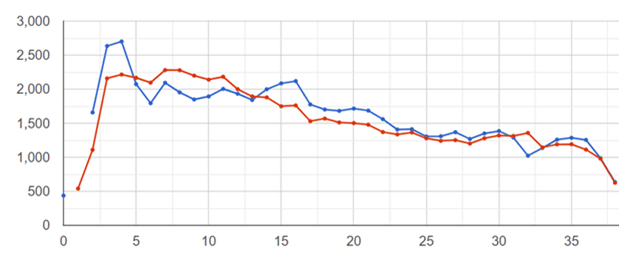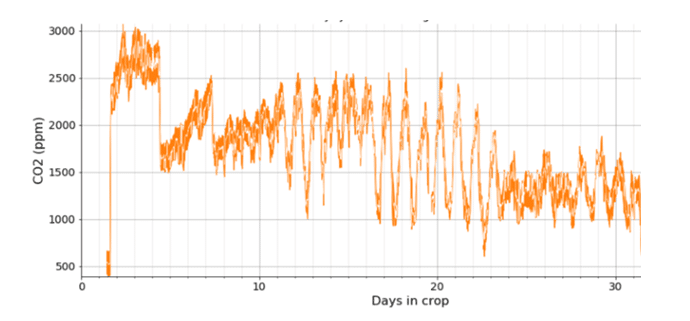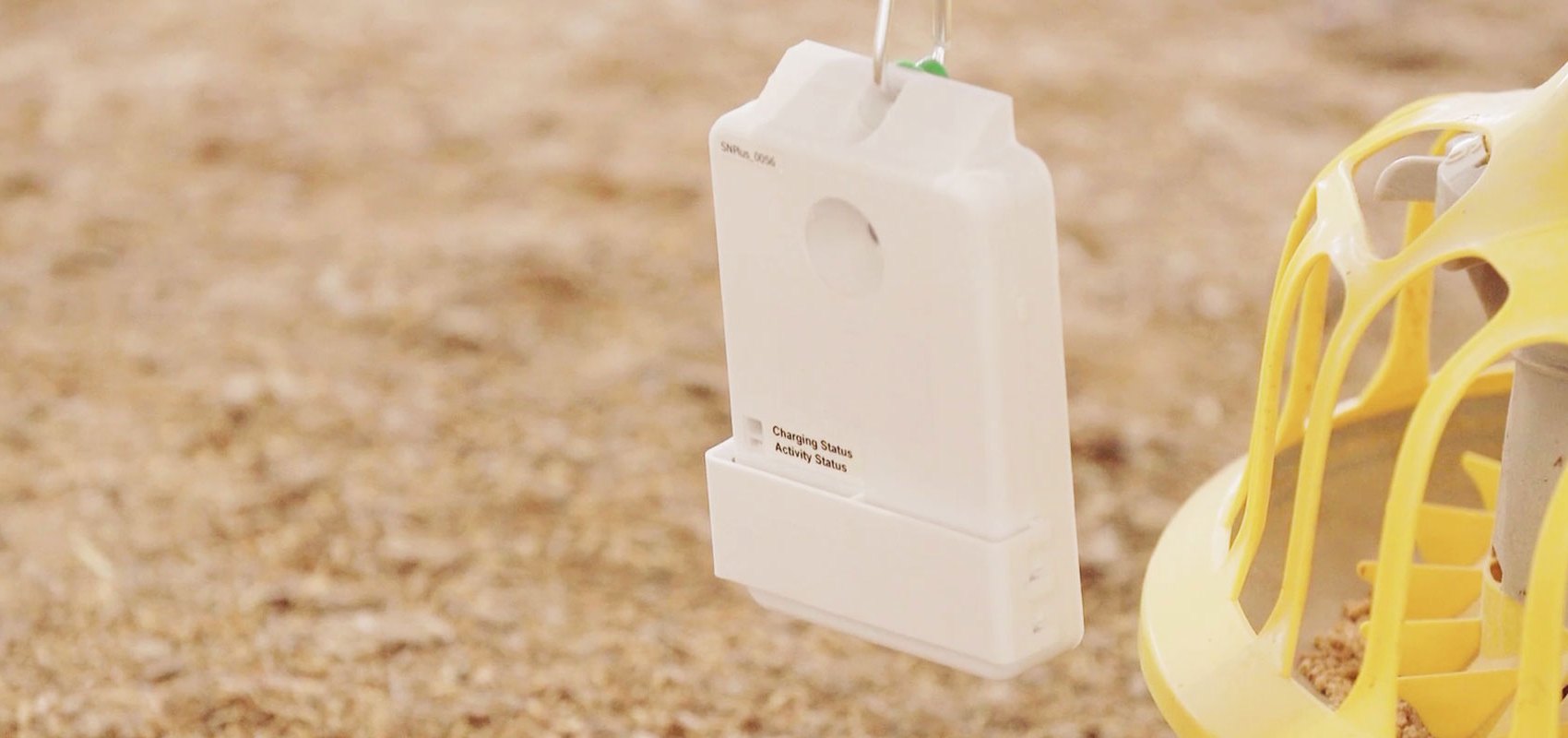Maintaining optimum carbon dioxide (CO2) levels within poultry sheds is vital to bird health and performance, especially in young broiler chickens. Therefore, having the capability to monitor and identify inconsistencies throughout poultry houses, will allow producers to ensure target CO2 levels can be achieved.
In broiler houses, CO2 levels should not rise above 3,000 parts per million (ppm), as anything above this is considered critical to their health and welfare.
Elevated CO2 levels result in increased respiratory and cardiovascular effort, which in young birds puts excessive strain on the heart, and may lead to subsequent heart failure and ascites. Affected birds have poor growth due to issues with dilated abdomens (water belly), increased blood pressure in the veins and excessive build-up of fluid in the liver.
In broilers, ascites are a common cause of death on farm and slaughter house condemnations, so being able to monitor CO2 levels closely within poultry houses is key, as this parameter alone can significantly influence bird welfare, efficiency and profitability of a business.
Poultry farm case study
The below graph shows the average CO2 levels in parts per million throughout two poultry sheds each housing 50,000 birds. This data has been obtained using the SenseHub™ Poultry solution whereby multiple sensors were positioned throughout both poultry houses, and accurate, real-time data was collated from multiple locations. In figure one, the data is presented as an average daily value for each house, one house is depicted by the blue line and the other by the red line.

In this example, it is clearly visible that the poultry house represented by the blue line saw a peak in average CO2 levels at the early brooding stage, getting close to 3000ppm. This data is the average value for CO2 on a daily basis and is similar to the information normally provided by a conventional sensor. All seems to be well and target CO2 is met.
However, through SenseHub™ Poultry monitoring there is far more data available as shown in figure two. This depicts the variation in CO2 concentration within the blue house in further detail during an entire crop, as collated by the SenseHub™ Poultry solution.
From this graph, it is clear that the target of 3000ppm was occasionally being exceeded in some parts of the poultry house. The slight modification of minimum ventilation settings and air circulation within the shed can then be used to maintain CO2 below 3000ppm for future flocks and SenseHub™ Poultry can allow producers to monitor this.

Having access to this insight in real-time and remotely means that vets and producers themselves can quickly intervene to help prevent any potential issues to bird health that raised CO2 levels could cause. In addition, having this data means cropping cycles can be closely monitored, and the SenseHub™ Poultry team can help interpret this data to improve the performance of future crops.
In this case, reviewing air quality and movement, as well as checking ventilation systems could mean future flocks are not compromised and get off to an even better start.
To date, CO2 has not been monitored in detail on farms, but we know it can have a significant impact on bird health, and therefore having accurate, real-time monitoring systems in place can allow producers to observe this much more closely. Ultimately, consistent CO2 levels will result in improved bird health and therefore performance and profitability.
The SenseHub™ Poultry solution can offer this to producers. For more information on effective ways to collect, analyse and interpret CO2 levels as well as many other environmental parameters, contact the SenseHub™ Poultry team on +44 (0)3303 204652 or info@sensehubpoultry.com.


